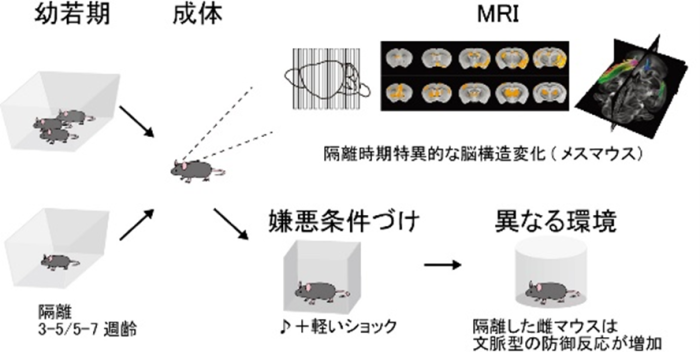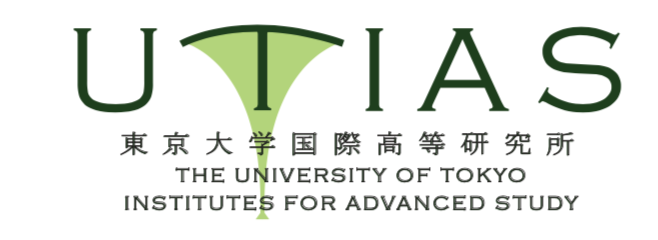*This article is reprinted from School of Science, The University of Tokyo.
Summary
A research group led by Professor Kazuo Emoto of the Graduate School of Science, The University of Tokyo and Senior Staff Akira Uematsu of the National Institute of Advanced Industrial Science and Technology (AIST) studied the effects of juvenile social isolation on brain development and emotional processing in mice.
They used ultra-high-field magnetic resonance imaging (MRI) (11.7T MRI) to analyze the brain structures of adult mice exposed to social isolation stress (SIS) at 3-5 weeks (early) or 5-7 weeks (late) of age.
The results showed that SIS increased the volume of several brain regions in female mice, including the prefrontal cortex and hippocampus, while male mice showed a minor increase in volume in early SIS and a decrease in volume in primary somatosensory cortex and hypothalamus in late SIS. Diffusion-weighted images showed that SIS in female mice positively correlated with nerve fibers in the corpus callosum and amygdala, while the correlation pattern in male mice changed with the timing of SIS. Furthermore, behavioral analysis revealed that female mice receiving SIS showed a generalization of fear memory.
This study reiterates the importance of appropriate social interactions in young children and is expected to be applied to real-world situations, such as strengthening support measures to prevent isolation.

Journal
Journal Name: Neuro Image
Title of Paper: “Time- and sex-dependent effects of juvenile social isolation on mouse brain morphology”
URL: https://doi.org/10.1016/j.neuroimage.2025.121117


